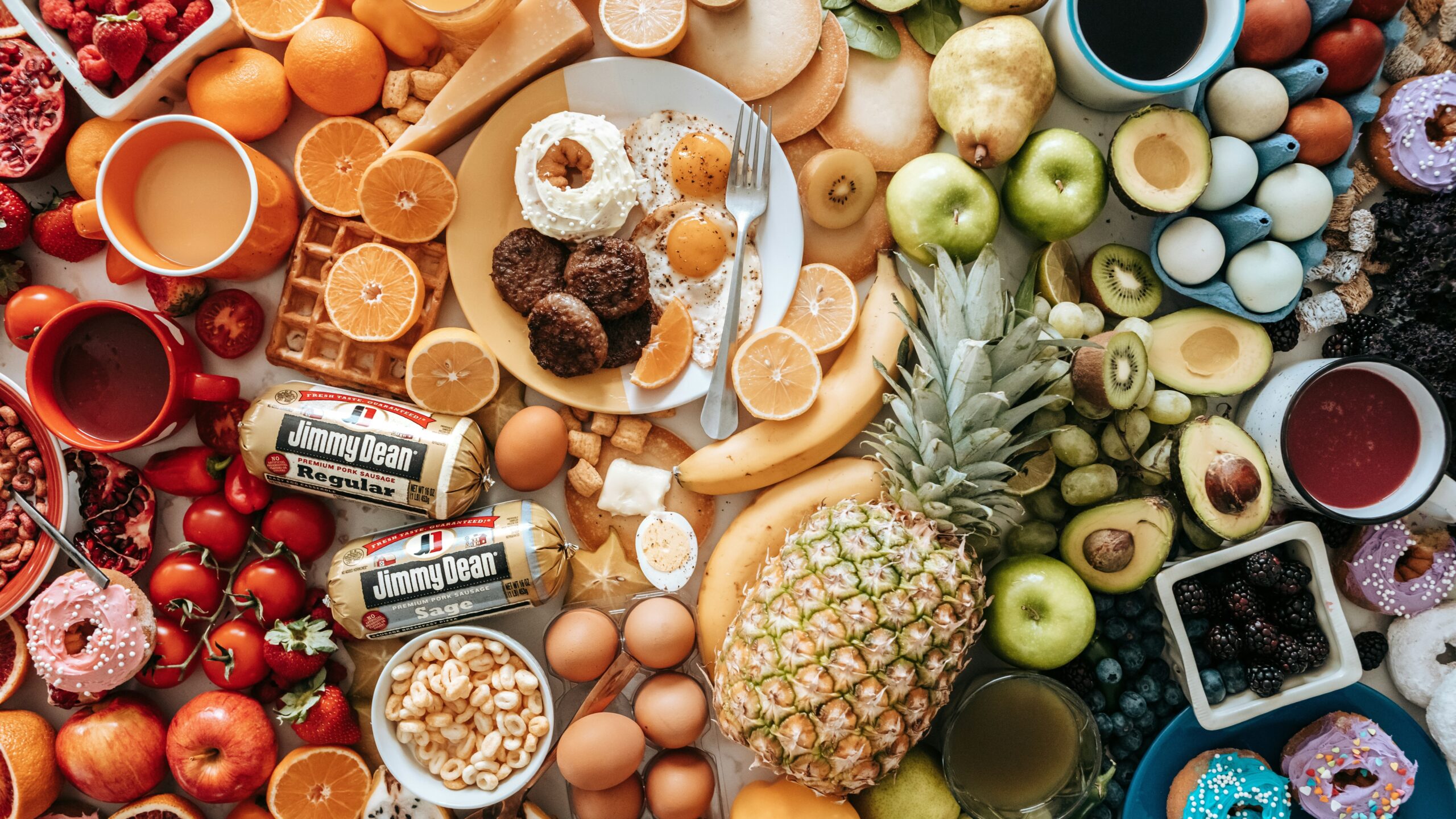
Up to 30% of the world's production of the main staple crops - wheat, rice, maize, potatoes and soybeans - is wasted, and up to 70% of yield losses in the main crops are due to adverse environmental conditions. Dependence on products from third countries remains a major conditioning factor.
Products from the new bioeconomy are emerging as a key alternative in the race to ensure security of supply. The engineering of plants, mammalian cells and micro-organisms opens the door to new foods and ingredients produced in a sustainable, environmentally friendly and animal-free way. Alongside these, increasingly mature technologies such as genome editing and microbial-based food production are already prominent in the exploration of meat and dairy substitutes.
More food options will reduce the risk of future food-related conflicts and open the way to boosting local production, whether at points deployed on the ground where needed, at sea or even in space. The location of production facilities will be adaptable and not dependent on environmental factors, with a «design anywhere, grow anywhere» approach.
Alternative proteins, such as those associated with soya, peas or legumes, offer sustainable solutions to growing demand and allow for a more efficient use of land and water resources. Distributed manufacturing based on synthetic biology can also be harnessed for products that do not require industrial production, such as propane, electricity, water treatment or waste management.
The EU bioindustry faces challenges such as the long R&D lead times needed to develop the product and production model, low initial profit margins and the need to scale up production volume quickly amid huge barriers to expanding manufacturing capacity.
Approaches to cellular biotechnology include synthetic biology and precision fermentation. In the latter field, yeasts are one of the most dynamic areas of innovation, driven by advances in metabolic engineering that have simplified transfer from natural source to production host.
From 2030 onwards, many products could be conceived as systems with cells designed to work together and integrate into non-living materials or electronics. The burger of the future could be grown using consortia of bacteria, fungi and livestock cells, similar to yoghurt or cheese, that work together to build tactile structures and synthesise molecules that perform the functions of nutrition, taste and fragrance.
AI technologies have come to bring a new scale to the whole process. They create predictive models to analyse the behaviour and interactions of complex systems, with the advantage that machine learning (ML) algorithms can increasingly assess the uncertainties of their predictions and thus improve the design of experiments.


